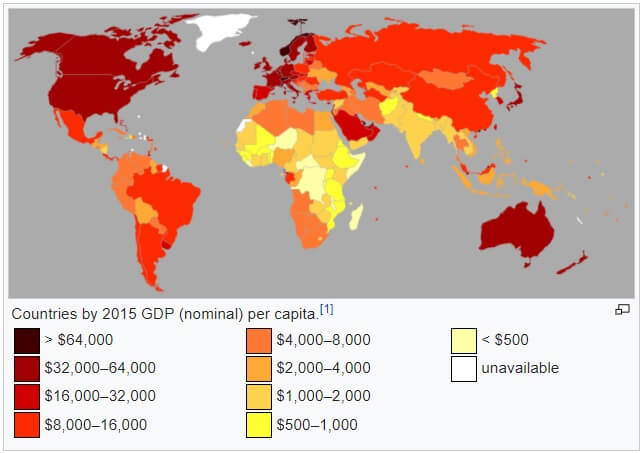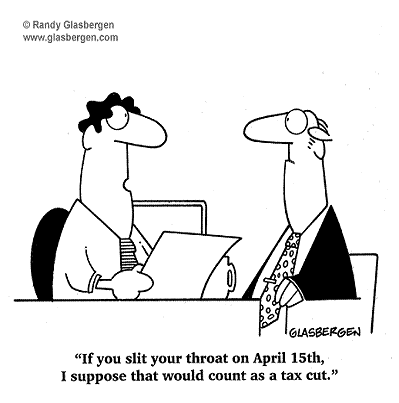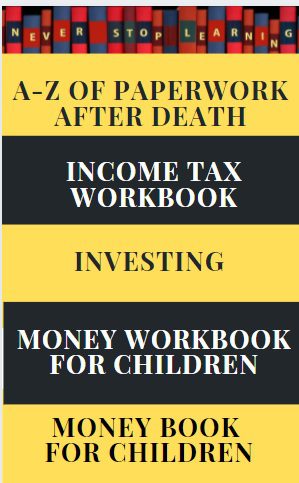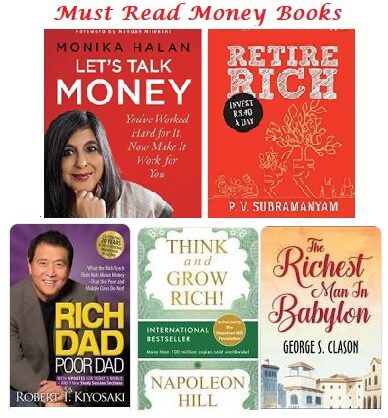Everyone does not have same wealth. Some are poor, some are rich. Similarly, some countries are rich and some are poor. Who decides Rich or Poor country? How do they measure the wealth of the company? What is UN, IMF, World Bank? What is MUN or Model United Nation? What are Developed, Developing Countries?
Table of Contents
How many countries are there in the world?
There are between 168 and 254 nations, depending on who is doing the counting. The United Nations is often considered the start point for the correct counting the total number. There are 195 countries in the world today. This total comprises 193 countries that are member states of the United Nations and 2 countries that are non-member observer states: the Holy See and the State of Palestine. Of the 195 countries in the world:
- 54 countries are in Africa
- 48 in Asia
- 44 in Europe
- 33 in Latin America and the Caribbean
- 14 in Oceania
- 2 in Northern America
There are approximately 170 separate currencies, 239 two-letter country codes recognized by the ISO (International Standards Org.), and the Universal Postal Union has listings for 500,000 localities in 189 Countries.
The YouVideo here How many countries are there in the world? explains in detail.
Who decides Rich or Poor country: UN, IMF, World Bank
The question is how does one measure the money in a country and who measures it.
Experts have come up with ways to define what a rich country or a poor is. Some experts say that value of all final goods and services produced in a country in one year is to be used as a measure, called Gross Domestic Product (GDP); while other experts say that value of all goods and services produced in a country in one year by the nationals, plus income earned by its citizens abroad, minus income earned by foreigners in the country should be used as a measure, called Gross National Product (GNP).
Different international financial institutions have been set up to track the wealth of a country. Some of these are:
- The International Monetary Fund (IMF): IMF is an organization of 189 countries, working to foster global monetary cooperation, secure financial stability, facilitate international trade, promote high employment and sustainable economic growth, and reduce poverty around the world. (http://imf.org/) Our article What is IMF? How does it work? Difference from World Bank explains it in detail.
- The World Bank: provides financial and technical assistance to developing countries for development programs (e.g. bridges, roads, schools, etc.) with the stated goal of reducing poverty. (worldbank.org)
- The United Nations (UN) is an intergovernmental organization tasked to promote international co-operation, to create and maintain international order, promoting human rights, fostering social and economic development, protecting the environment, and providing humanitarian aid in cases of famine, natural disaster, and armed conflict.
The Video from One Minute Economics gives an overview of the IMF,World Bank and UN.
These agencies come up with different ways to define rich countries.
As per International Monetary Fund(IMF) based on gross domestic product per capita at nominal values, the value of all final goods and services produced within a nation in a given year, converted at market exchange rates to current U.S. dollars, divided by the average (or mid-year) population for the same year. As per the IMF based on GDP per capita, the world looks as shown in the image below Ref : Wikipedia List of countries by GDP (nominal) per capita
Our article What is GDP, Gross Domestic Product explains GDP in detail
India’s rank
- As per IMF: 142 with GDP of $ 1,723 in 2016
- As per WB:134 with GDP of $ 1,709 in 2015
- As per United Nations: 147 with GDP of $ 1,614 in February 2015

Rich Poor Countries based on GDP
The top 15 countries based on per capita nominal GDP for countries by different organizations
| International Monetary Fund (Estimates 2017) | World Bank (2016) | United Nations (2016 | |||||||||||||||||||||||||||||||||||||||||||||||||||||||||||||||||||||||||||||||||||||||||||||||||||||||||||||||||||||||||||||||||||||||||||||||||||||||||||||||||||||
|
|
|
Model United Nations
Model United Nations, also known as Model UN or MUN, is an academic activity in which students can learn about diplomacy, international relations, and the United Nations. Participants in Model United Nations conferences, known as delegates, are placed in committees and assigned countries to represent, or occasionally other organizations or political figures, where they represent members of that body. They are presented with their assignments in advance, along with a topic or topics that their committee will discuss. Delegates conduct research before conferences and formulate positions that they will then debate with their fellow delegates in the committee, staying true to the actual position of the member they represent. At the end of a conference, the best-performing delegates in each committee, as well as delegations, are sometimes recognized with awards.
Model United Nations is a way to become an active, more concerned global citizen, while in this era of globalization, being globally aware is more important than ever. MUN is an exercise in research, public speaking, and teamwork. MUN builds confidence and leadership and diplomatic skills.
The following video gives an overview of MUN
What are Developed, Developing Countries
Countries are often loosely placed into the following categories of development:
- Developed countries: Canada, United States, European Union members, Japan, Israel, Australia, etc.
- Countries with an economy consistently and fairly strongly developing over a longer period: China, India, Brazil, South Africa, Costa Rica, Mexico, Egypt, much of South America, etc.
- Countries with a patchy record of development: most countries in Africa, Central America, and the Caribbean excepting Jamaica
The often used term “Third World” today mostly refers to underdeveloped or better-developing countries. The video below explains how to classify Developed and Developing Countries.
Related Articles:
- What is IMF? How does it work?
- What is Inflation? How is it Calculated? WPI, CPI in India,HyperInflation
- What is GDP, Gross Domestic Product
- What are Central Banks,What is RBI? What do they do?





Good post. I learn something new and challenging on blogs
I stumbleupon every day. It’s always helpful to
read through articles from other authors and use a little something from
their websites.